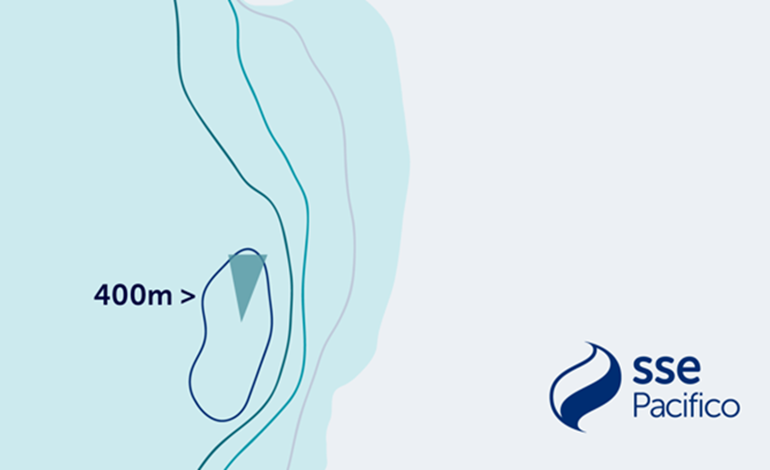
SSE Pacifico and partners have secured public funding for a 30MW Japanese floating offshore wind demonstration project.
The demonstrator will be located off the southern coast of Akita Prefecture in the north of Honshu, Japan's main island.
It will be developed in water depths of up to 400 metres, making it one of the deepest offshore development sites in the world.
The consortium plans to develop two circa 15MW demonstrator offshore wind turbines to be deployed with semi-submersible floating foundations.
The development consortium features SSE Pacifico (80% owned by SSE), alongside Marubeni and other partners.
Up to ¥85bn (£420m) in public funding will be provided and is expected to be evenly split between the two successful projects.
The funding will be awarded in phases as each project reach key development milestones.
The competitive process occurred under the Green Innovation Fund (GIF), established by the Japanese Ministry of Economy, Trade and Industry (METI), and announced by New Energy and Industrial Technology Development Organization (NEDO) which administers the fund.
The winning consortium’s bid is one of two to have been selected under the competitive process.
The consortium will now work on progressing the project subject to reaching key milestones.
If it proceeds to construction, the project would help “pave the way to future growth in Japan’s and international floating offshore wind development in deep-sea areas”.
Success in this bid process will allow SSE Pacifico, alongside key development consortium partners, to build a greater understanding of deploying floating offshore wind energy technology in Japan, a key target market for offshore wind growth.
Dai Karasawa, President of SSE Pacifico, said: "We’re delighted our consortium has been successful in the GIF auction in Japan.
“This demonstration project will play a critical role in enhancing real world knowledge about deploying floating wind at such depths, not only in Japan but globally.
“It further enhances SSE’s standing in floating wind technology and builds on our strong collaboration with Marubeni on the Ossian floating wind project in the UK.”
The research focus of the consortium’s project is to optimise the business development, EPCI (Engineering, Procurement, Construction, and Installation), and O&M (Operation and Maintenance) processes as a demonstration project, aiming at mass production and cost reduction of floating offshore wind power generation in Japan.